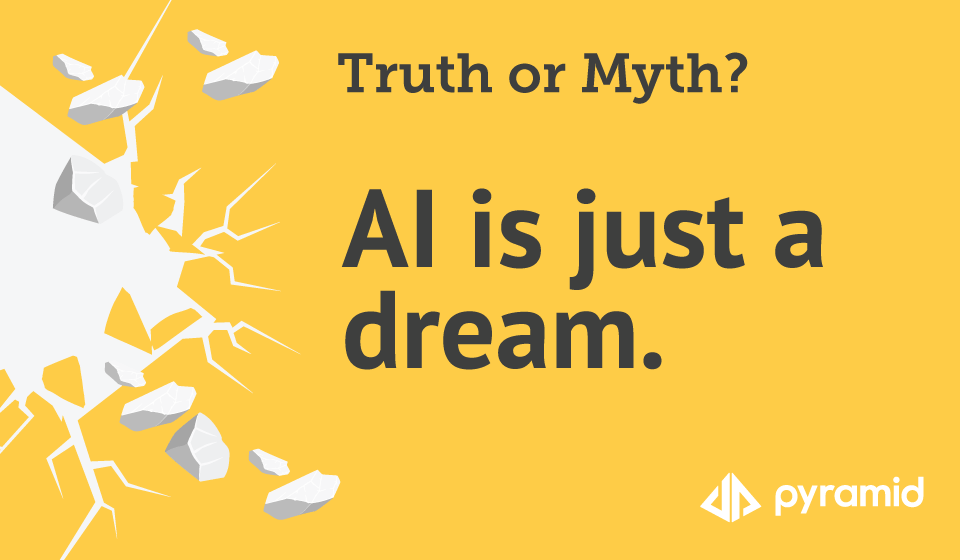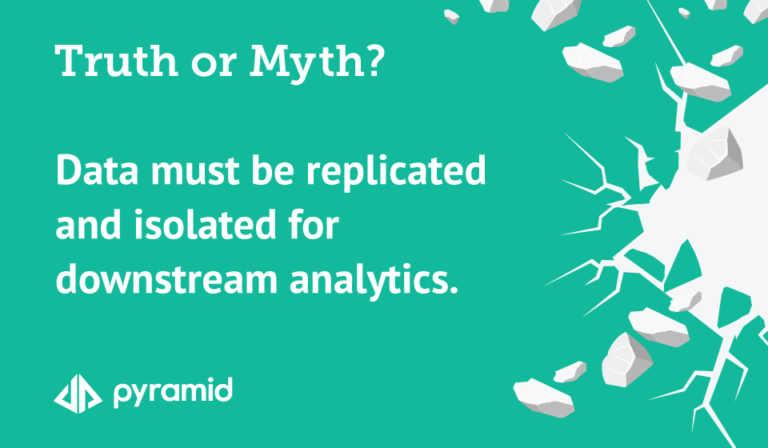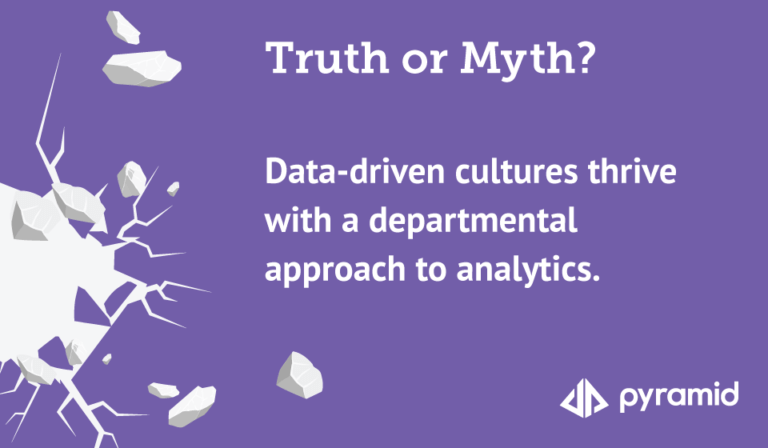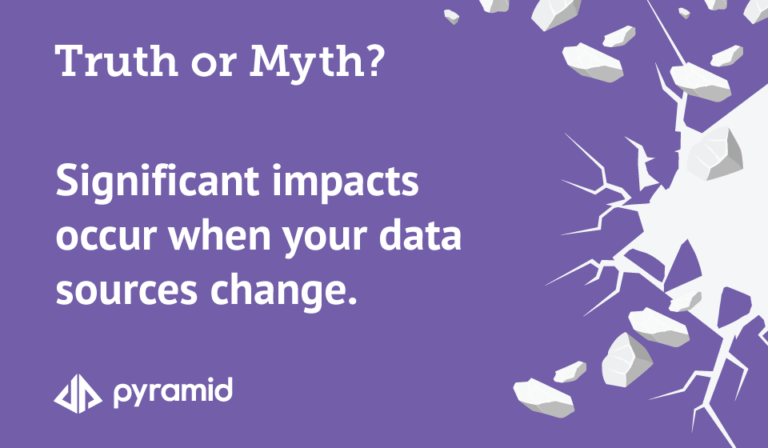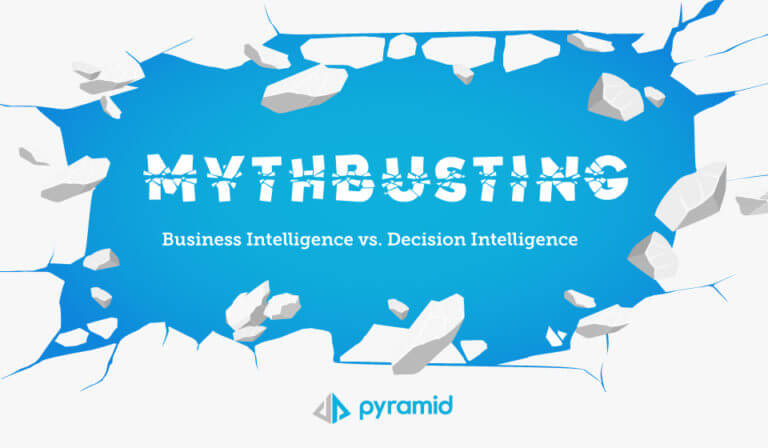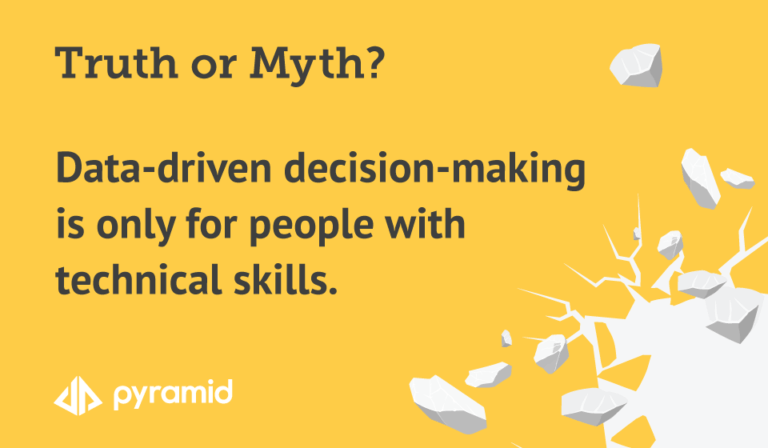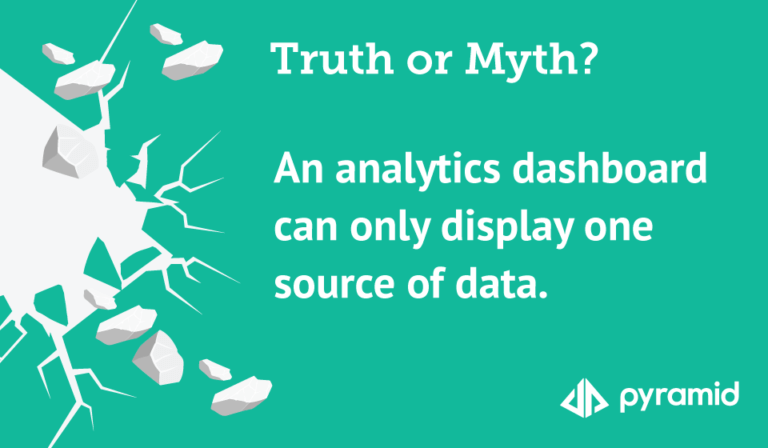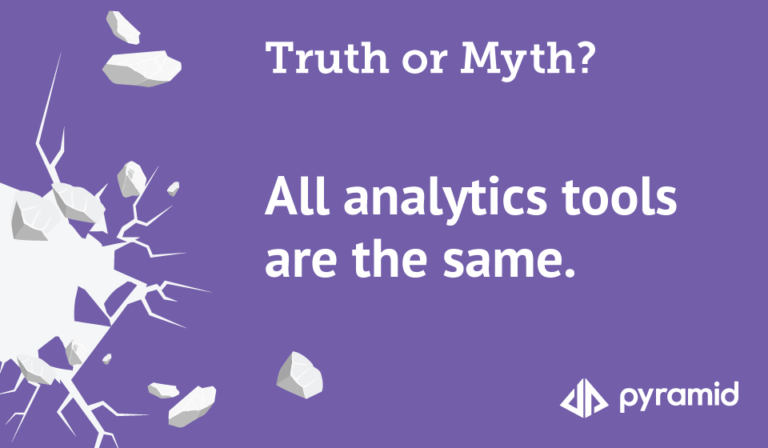Truly effective decision-making is only getting more difficult and complex to achieve. Not only are decisions more complex, but people who make them are also being challenged like never before to justify and explain why their decisions are sound. Business intelligence and analytics have come a long way in helping people make better decisions. Still, mounting volumes of data, glaring shortcomings in many analytics tools, and ingrained beliefs about the inner workings of analytics have created a need for change.
Artificial intelligence (AI) is defined as the development of computer systems that can handle tasks previously performed only by humans. Thinking about analytics and the immense amount of data people could leverage within their organizations, it makes sense to assume AI would play a huge role in data analysis and business intelligence.
More than 95% of enterprises consider AI technology important to their digital transformation efforts. In 451’s Voice of the Enterprise: AI & Machine Learning Use Cases 2021, David Menninger of Ventana Research remarked, “By 2025, 9 in 10 analytics processes will be enhanced by artificial intelligence and machine learning to streamline operations and increase the value that can be derived from data.”
Makes sense, yes? The unfortunate reality is that while many analytics technologies claim to be AI-driven, many people still find themselves structuring their data, analyzing data, extracting insights, and making decisions from scratch.
Where’s the AI to truly support decision-making?
As far as managers and executives can see, AI-driven analytics is nothing but a dream. And the reasons they feel this way are easy to understand:
- Business intelligence tools don’t deliver clear insights to drive fast and informed decision-making. Shouldn’t AI equate to faster, better insights?
- There is still a lot of human interaction required to extract and organize data for use within BI tools. If tools are AI-driven, why would there still be so much human involvement?
- BI tools are still too complex for many executives and managers to use, requiring technical know-how to produce meaningful analytics. If tools are AI-driven, shouldn’t they also be easy to use?
The bottom line is this: People believe AI can’t actually provide real value to day-to-day decisions–because they haven’t experienced it yet! Have we uncovered yet another myth about analytics?
The truth: AI is at work right now.
The right AI-driven capabilities will support everyday decisions and deliver on its core promise of fast, informed insights for decision-making. We are seeing right now that AI and intelligent tools can help even non-technical people become more productive and gain business insights.
The trick is to expose AI in ways that support common business challenges—not sit apart from them. With the right platform, AI and intelligent tools can help even the most non-technical people in your organization be more productive and gain business insights.
Today, AI is being brought into everyday analytics scenarios through decision intelligence. Named a Top Trend in 2022 by Gartner, decision intelligence has evolved from a tech buzzword to something very real. As Forbes pointed out, “Until recently, leaders prioritized data and analytics investments over direct improvements to the decision-making process itself.” This is true. When you look at some of the most widely held beliefs about business intelligence and analytics, you see why analytics tools fail to deliver the expected results. People have come to accept they cannot do all they really need to do.
At Pyramid, we are building what’s next in analytics: A strategic decision intelligence platform that puts AI to work, lowering the skills barrier and empowering anyone from the C-suite to the frontline to make faster, more intelligent decisions.
To get acquainted with the thought processes that might be holding you back from achieving what’s next, we invite you to check out our Mythbusing: Business Intelligence vs. Decision Intelligence guidebook. Here, we break down common BI myths into categories related to data, people, and analytics and show you how, with decision intelligence, you can take your analytics to the next level. Get instant access to the Mythbusting guide here (no registration required).




